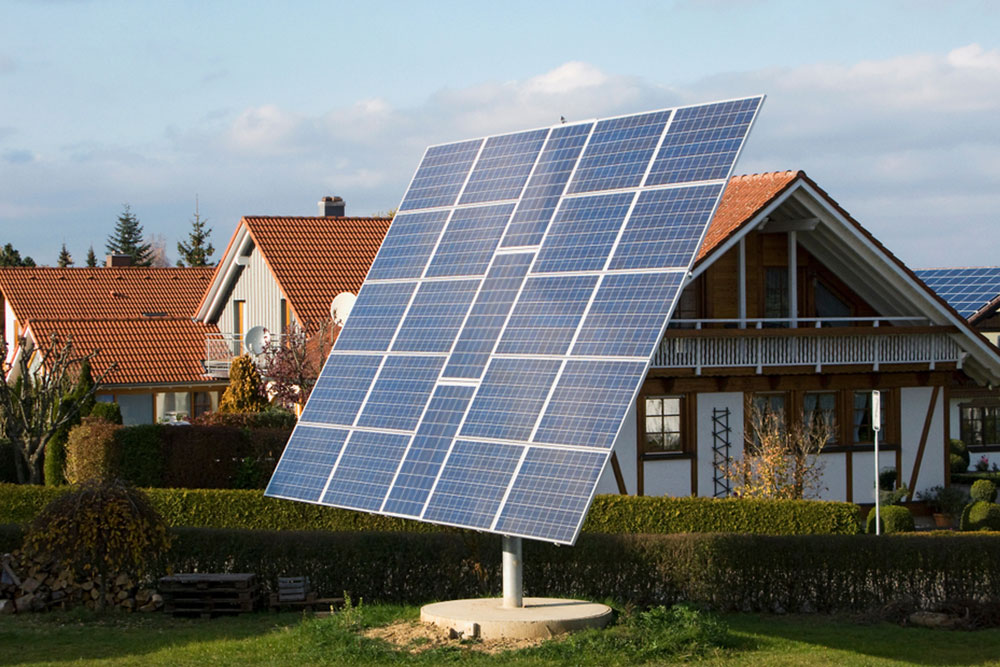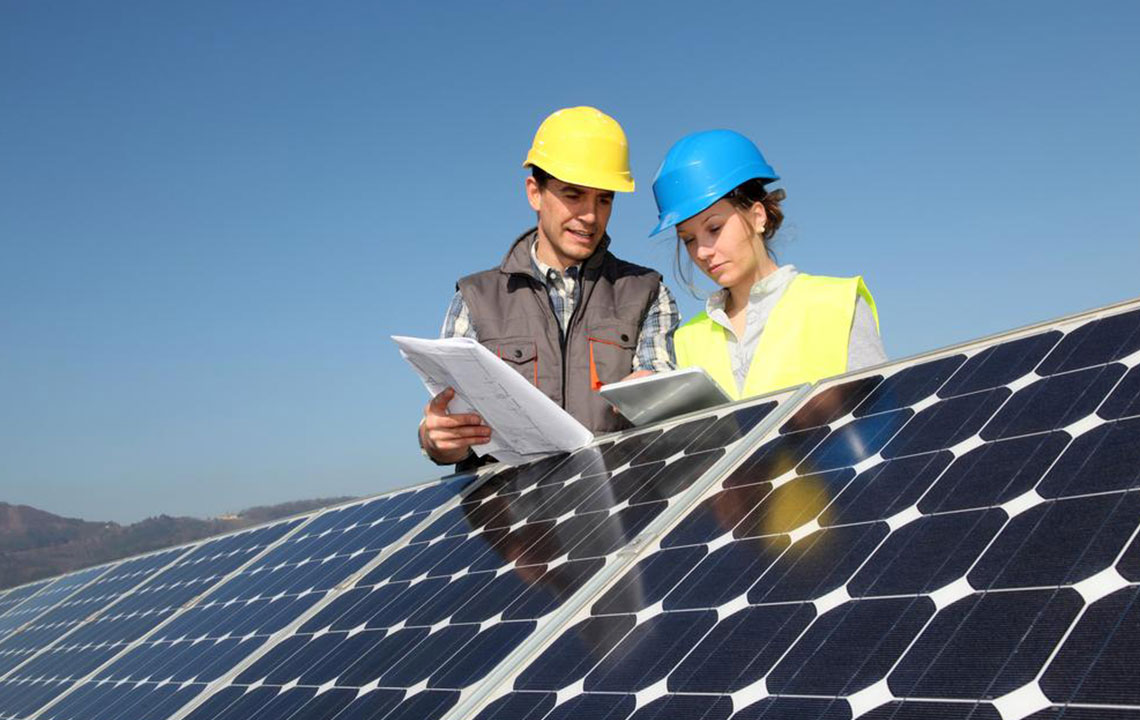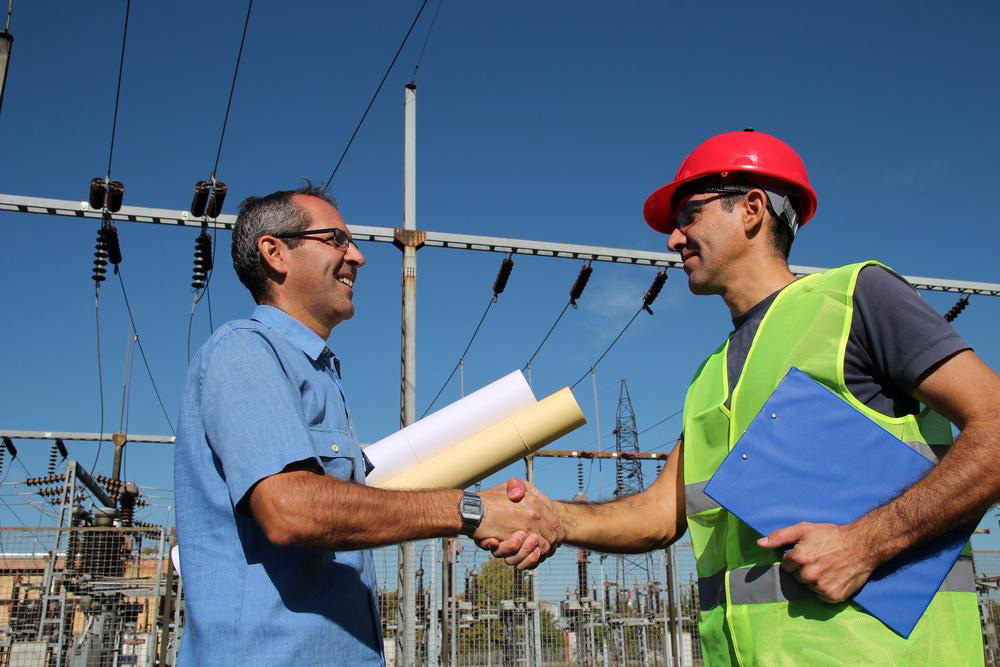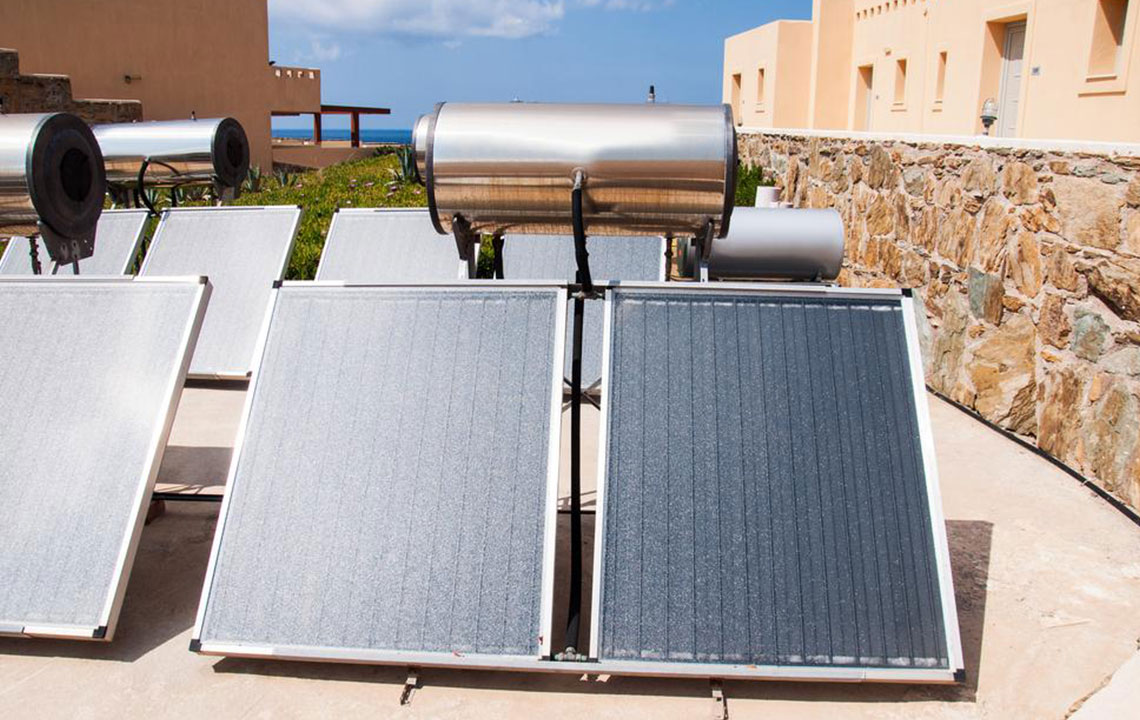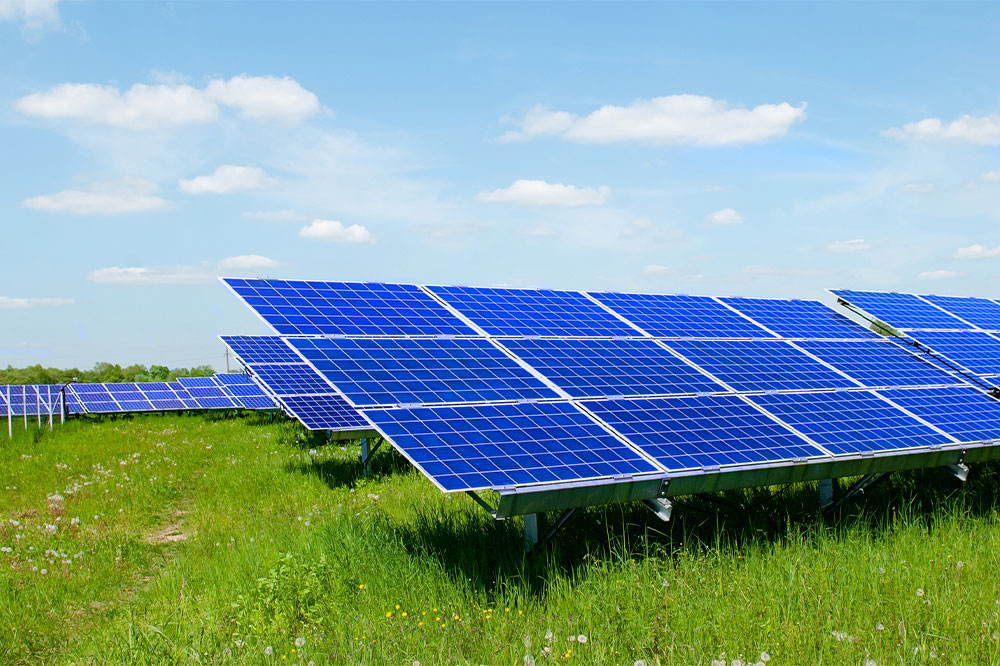Harnessing Solar Power: Types, Components, and Essential Tips for Buying
Explore essential insights into solar generators, including types, key components, and buying tips. Learn how they offer a sustainable, portable power solution ideal for emergencies, outdoor activities, and reducing environmental impact. Discover factors influencing your purchase, from energy needs to storage and budget. Understand pros and cons to make an informed decision about integrating solar power into your lifestyle or home for cleaner, reliable energy.
Sponsored
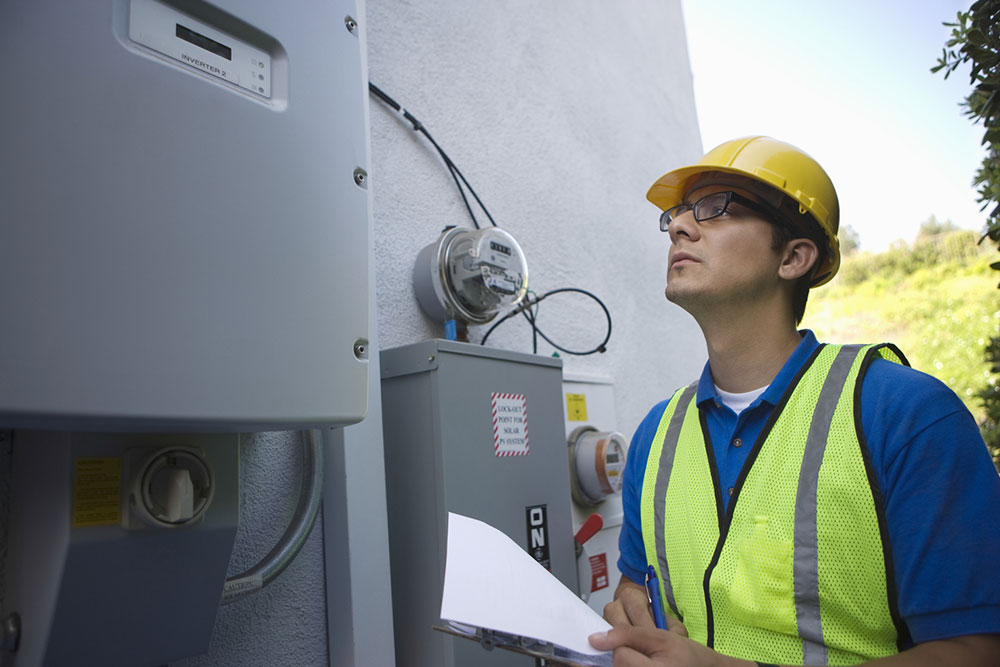
As energy resources become scarcer due to increasing population and resource consumption, the importance of renewable energy sources grows. Solar energy is a sustainable solution, and solar generators have become vital for converting sunlight into usable electricity, especially during emergencies. Here's what you need to know before purchasing a solar generator:
Categories of solar generators
Solar generators collect sunlight via solar panels and store the energy in integrated batteries for later use. They mainly fall into two types:
Stationary solar backup units: Designed for permanent installation, these generators act as backup power sources and are connected directly to the home's electrical system. They activate automatically during power outages, providing seamless power continuity.
Portable solar units: Compact and self-contained, portable solar generators are perfect for outdoor adventures, travel, or emergency situations where mobility is key. They are suitable for charging small devices and running minor appliances.
Main components
A typical solar generator consists of a portable battery paired with photovoltaic (PV) panels to harness sunlight.
Each component plays an important role:
Photovoltaic panels capture sunlight efficiently
A rechargeable battery stores the collected energy
A charge controller regulates power flow into the battery
An inverter converts stored energy into usable AC or DC electricity
Understanding these parts can help troubleshoot issues and ensure long-term performance.
Factors to Keep in Mind When Buying
Choosing the right solar generator requires careful planning. Here are key considerations:
Energy Needs: Assess household or travel power requirements by listing appliances and their energy ratings. This helps determine whether a small or large unit is appropriate.
Storage Location: Identify a safe, dry storage space protected from harsh weather to prolong the device's lifespan.
Usage Frequency: For occasional use, a smaller generator suffices. Frequent travelers or those experiencing regular outages should opt for higher-capacity models.
Budget: While solar generators can be costly, with prices ranging from $1,000 to $15,000 depending on capacity, they generally require less maintenance than gas-powered options, which tend to have lower upfront costs but higher long-term expenses.
Pros and Cons of Solar Generators
lightweight and portable, ideal for outdoor activities and emergencies, with handles for easy transport
Simple operation and low maintenance since they lack moving parts and don't require fuel
Eco-friendly, producing no greenhouse gases or pollutants during use
Nevertheless, there are some limitations:
Less sunlight in certain regions may limit energy production, potentially requiring backup gas generators
Higher initial purchase price compared to traditional gas models, though they save on fuel and maintenance costs in the long run
Slower to charge and may not provide instantaneous power, making them less suitable for immediate energy needs

